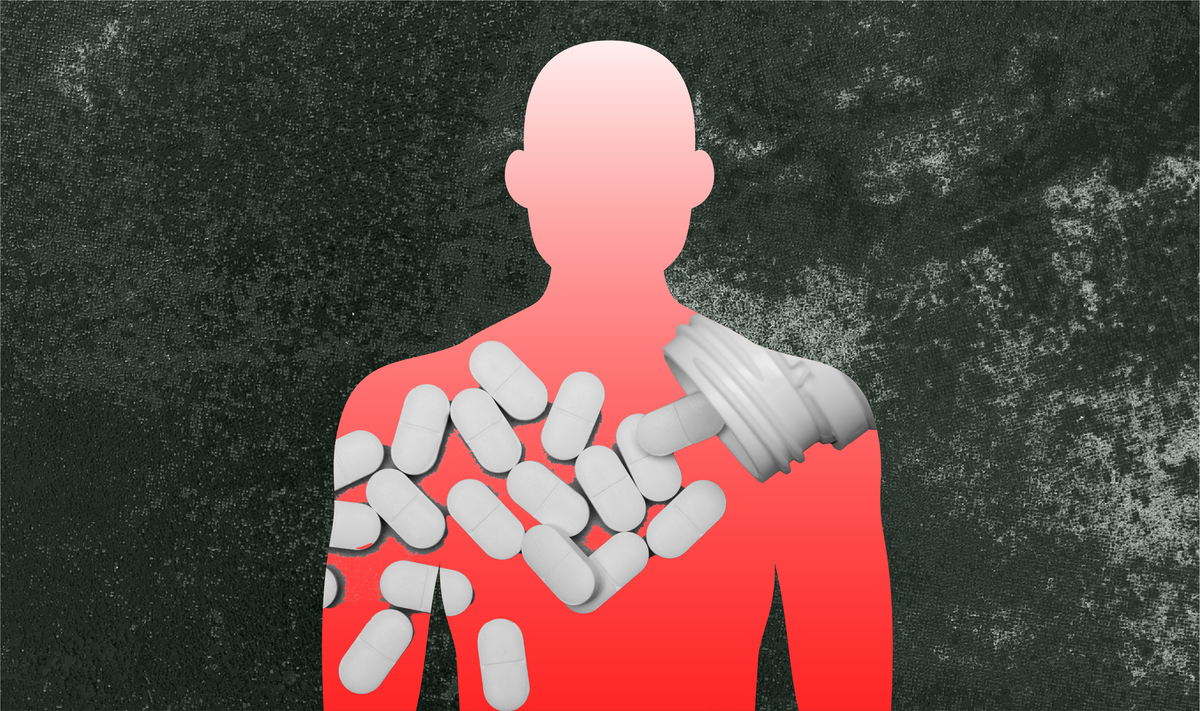Posts share support for ‘wellness farms,’ which would treat substance use disorder without medication
Other posts discussed opioids for post-surgical pain and lamented overdose deaths.

Other posts discussed opioids for post-surgical pain and lamented overdose deaths.
This past week, an online article repeated Robert F. Kennedy Jr.’s suggestion that people seeking treatment for substance use disorder should recover on “wellness farms” without medication instead of going to drug treatment centers. Plus, social media users shared their experiences with pain management after surgery and claimed that the latest Purdue Pharma settlement is “not enough” to undo the tragedy of overdose deaths.
In light of these discussions, communicators may explain how medication for SUD works and share other SUD treatment resources, outline the risks of prescription opioids, and recirculate information about overdose prevention.

Insights brought to you by the reporters and science writers of Public Good News (PGN), a nonprofit newsroom dedicated to improving community health.
What’s trending nationally in conversations about opioids
On January 26, Fox News published an article repeating a months-old statement from Robert F. Kennedy Jr., who has been nominated to lead the Department of Health and Human Services, that people should be sent to “wellness farms” to recover from SUD. The proposed farms would teach people with SUD farming skills and offer therapy and would not allow them to use drugs or take any medications, including antidepressants and medications that are prescribed to treat SUD. An X post sharing the article received approximately 333,400 views, 16,000 likes, 3,200 reposts, and 1,000 comments as of January 29. Many comments supported the idea and expressed stigmatizing attitudes toward SUD treatment programs that prescribe medication, as well as toward people with SUD.
Several recent posts criticized the Michigan Overdose Prevention Engagement Network (OPEN) recommendations for prescribing opioids after surgery, which aim to reduce the risk of patients developing opioid use disorder. Social media users claimed that they or their loved ones were denied adequate pain medication after surgery due to health care providers following Michigan OPEN’s recommendations, with some posts receiving tens of thousands of views. Some commenters called limiting opioid prescriptions after surgery “barbaric,” and others expressed concern that adults and children could experience medical trauma due to post-surgical pain that could have been managed with opioids.
On January 23, articles reported that Purdue Pharma and some of the company’s owners will pay up to $7.4 billion in a new settlement due to harms caused by the opioid OxyContin. The deal replaces a previous settlement that the U.S. Supreme Court rejected last year. One X post about the settlement received approximately 2.1 million views, 2,200 likes, 470 reposts, and 270 comments as of January 29. Most commenters stated that no amount of money will ever be enough to undo the harms of the opioid crisis. Some called overdose deaths from prescription opioids “mass murder.”

Recommendations brought to you by the health communication experts behind Infodemiology.com.
Recommendations for public health professionals
Each week, the Infodemiology.com team will provide messaging recommendations in response to some of the trending narratives outlined above. These helpful tips can be used when creating content, updating web and FAQ pages, and developing strategy for messaging about opioids.
Trending conversations that stigmatize medication for substance use disorder may indicate misconceptions about how these medications work. Messaging may emphasize that a combination of medication and therapy has been shown to help people with substance use disorder reestablish normal brain function, reduce substance cravings, and prevent resumption of substance use. Communicators may also want to share local recovery groups, drug treatment centers, and SAMHSA’s National Helpline (1-800-662-HELP), which connects people to treatment.
Posts about treating post-surgical pain with opioids provide an opportunity to highlight the risks of opioids, the signs of opioid use disorder, and non-opioid pain management options after surgery. Highlighting that anyone who takes prescription opioids can develop OUD is recommended. Communicators may explain that patients should talk to their health care provider about the risks and benefits of post-surgical pain management options before undergoing surgery.
As conversation about overdose deaths remains prevalent, communicators may recirculate information outlining the signs of an opioid overdose. Communicators may explain that naloxone—often sold under the brand name Narcan—can reverse an opioid overdose and can be administered by any bystander. Messaging may emphasize that naloxone is typically available for free from local harm reduction programs. You can also purchase naloxone without a prescription at pharmacies and some grocery and convenience stores. Explaining how other harm reduction tools like drug test strips help prevent overdose deaths and sharing information about harm reduction programs in your area is recommended.
